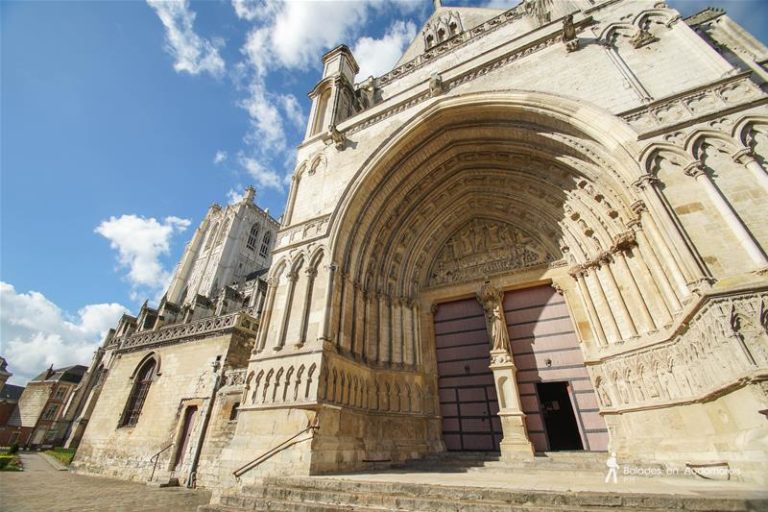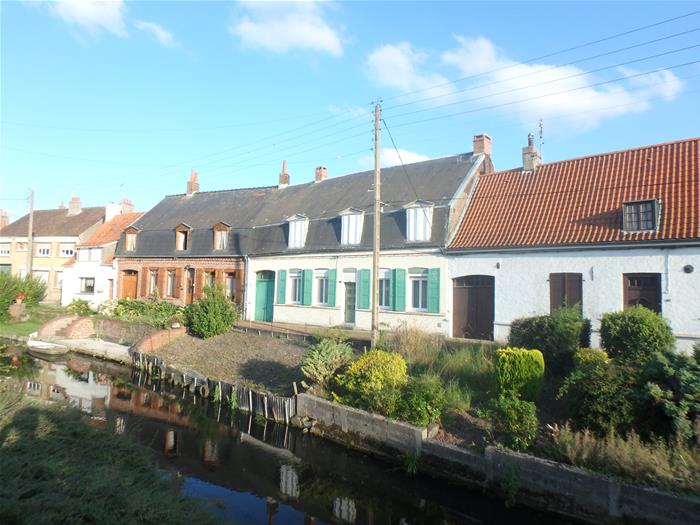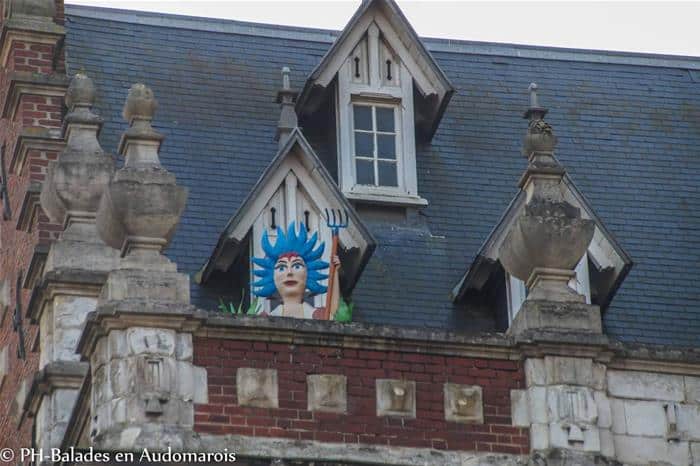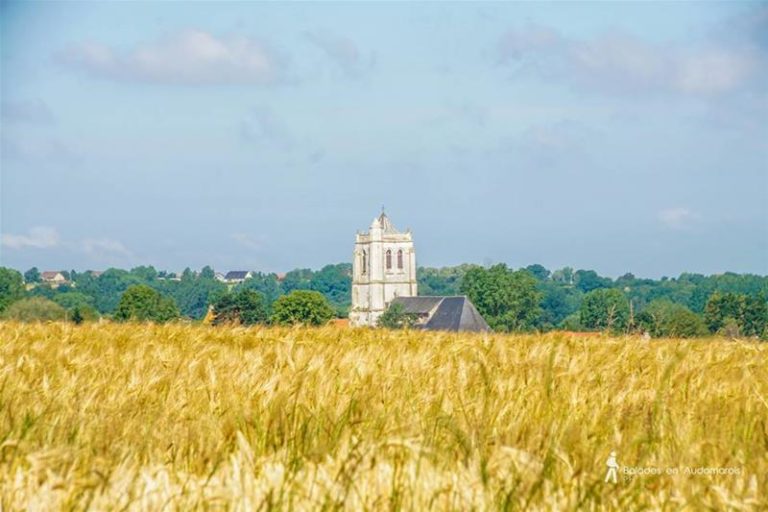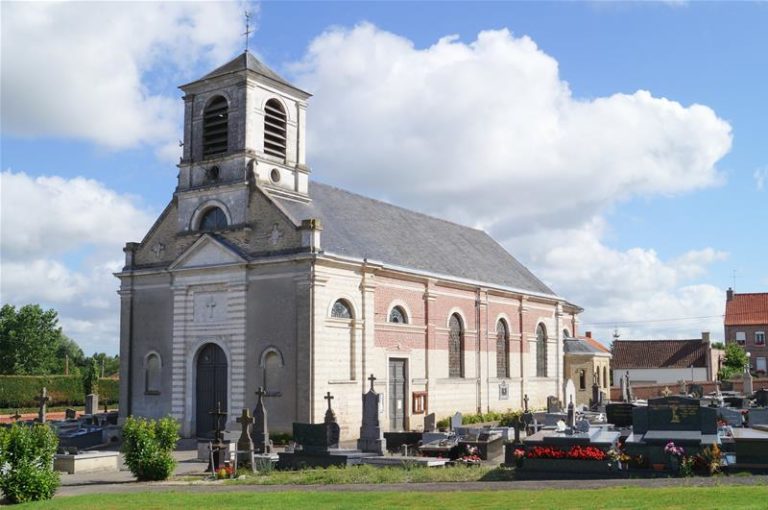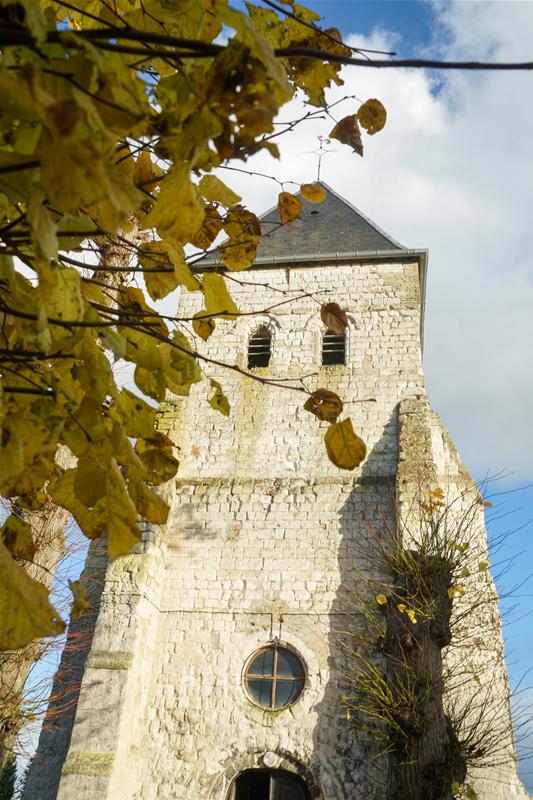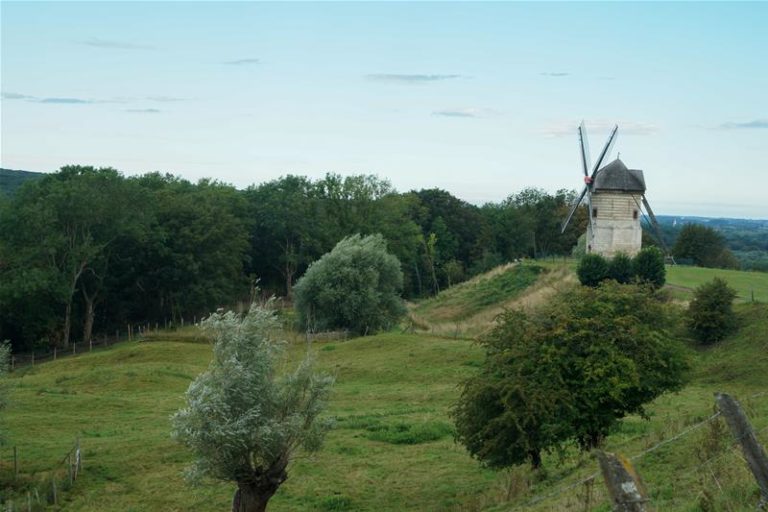You can't miss it. Just like the cathedral, the Jesuit chapel stands out in the Audomarois landscape with its massive profile, its two towers, its baroque facade with levels and its brick color. This "chapel", more like a very large church, was built at the beginning of the XNUMXth century, during the war of religions between Catholics and Protestants. Desacralized, the Jesuit chapel of Saint-Omer is now a facility for exhibitions, concerts and other cultural events.
It should be noted that this Audomarois religious building is also nicknamed by the local population "chapel of the high school". Built on rue du lycée, this church was actually dedicated to the Walloon and English Jesuit colleges established in the city during the Renaissance.
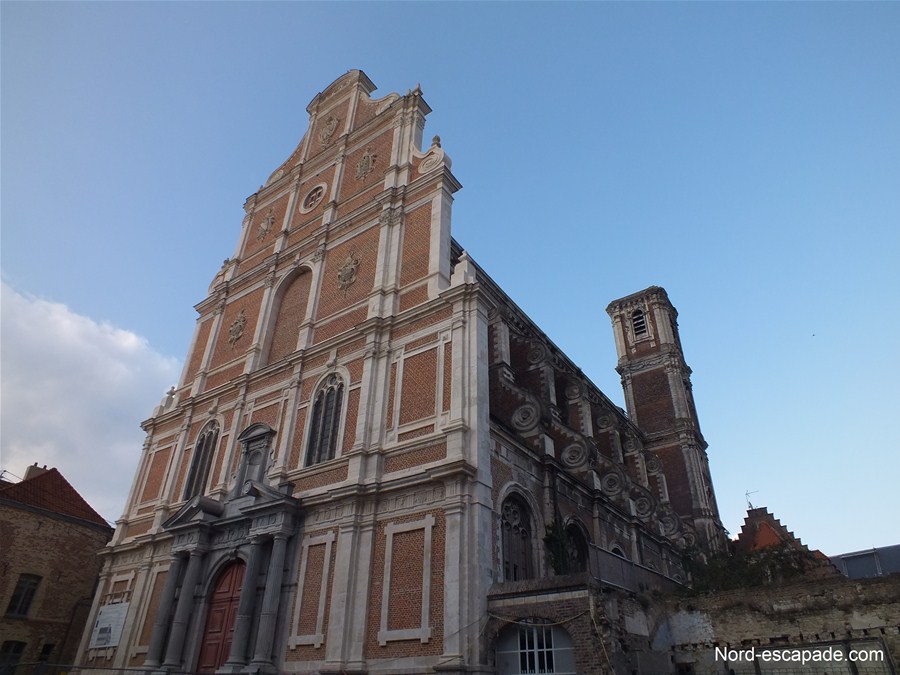
History of the Jesuit Chapel
In the XNUMXth century, at the start of the Renaissance, Europe was shaken by religious wars. The Protestant Church emerges, while the Catholic Church seeks to reform itself, which will be done with the Council of Trent. This same Catholic Church will seek to counter the rise of Protestantism by any means and will appeal to the Company of Jesus, also called the Company of Jesuits, founded by Ignatius of Loyola. It is in this context that a Jesuit college and its chapel will be founded in Saint-Omer. The Audomaroise capital will thus become a major bastion of the counter-reformation.
Arrival of the Jesuits in Saint-Omer
In this turbulent context, the first bishop of Saint-Omer, Gérard d'Haméricourt, appealed to the Jesuits of Wallonia to set up a college in Saint-Omer. This will be established in 1566 and will fulfill a strategic mission: to teach the youngest Catholic values while spreading them throughout the population, in particular via the vector of Art, such as the theater. This Jesuit college is now partly occupied by the Ribot high school and the city library which has moved into the former college boarding school.
Construction of the Jesuit chapel in Saint-Omer
From the start, the Walloon Jesuit college had a chapel which quickly proved to be too small. Hence the project to build a larger church. This will be built between 1615 and 1640, during the Franco-Spanish conflict which delayed the completion of the work. The Jesuit church will be consecrated in 1636, 4 years before the end of construction.
This beautiful baroque church, the work of the Jesuit architect Jean Du Blocq, was built near the Walloon college, but also the English Jesuit college established a little later.
The end of an era
The company of Jesus will be dismantled in 1763 and will leave French territory. It will serve as a church until the revolution and was then desacralized. The body of Gérard d'Haméricourt, buried in the Jesuit chapel, will be transferred to the cathedral of Saint-Omer.
During the XNUMXth and XNUMXth centuries, the building was transformed into a warehouse, then into a garage! We even thought of destroying it at the beginning of the XNUMXth century. Fortunately, nothing happened, but the building remained abandoned for a long time.
The Jesuit chapel was completely restored between 2013 and 2016. It now hosts exhibitions, cultural events and is rented out for private events. It can also be visited on certain occasions, such as European Heritage Day (JEP).
Description of the Jesuit church of Saint-Omer
This religious building has some specific features that do not go unnoticed:
- A monumental facade with five levels;
- 61 meters in length and an area of 780m2;
- Two square towers 40 meters high starting at the level of the choir;
- A real mix of styles combining baroque, gothic and ancient architecture.
A synthesis of architectural styles
The Jesuit chapel built by Jean du Blocq is a mixture of genres.
- For example, we find the Baroque style, from the Italian Renaissance, through its tiered facade and the stone "masks" adorning the building.
- The antique style with its columns, its pilasters, its pediments and its heads of oxen sculpted on the facade. The portal in blue stone from Namur is itself inspired by Serlio, author of treatises on ancient architecture.
- Gothic style with its three naves, its side chapels, its ribbed vaults… All without a transept. The building thus does not form a cross and develops all in length. A technique favoring acoustics.
- A modern style combining red brick and cut stone.
Find more information on the Jesuit chapel and the Audomarois monuments on the site dedicated to the heritage of St-Omer.

